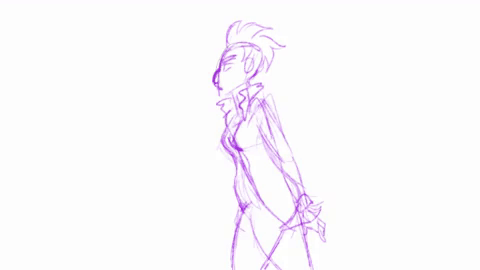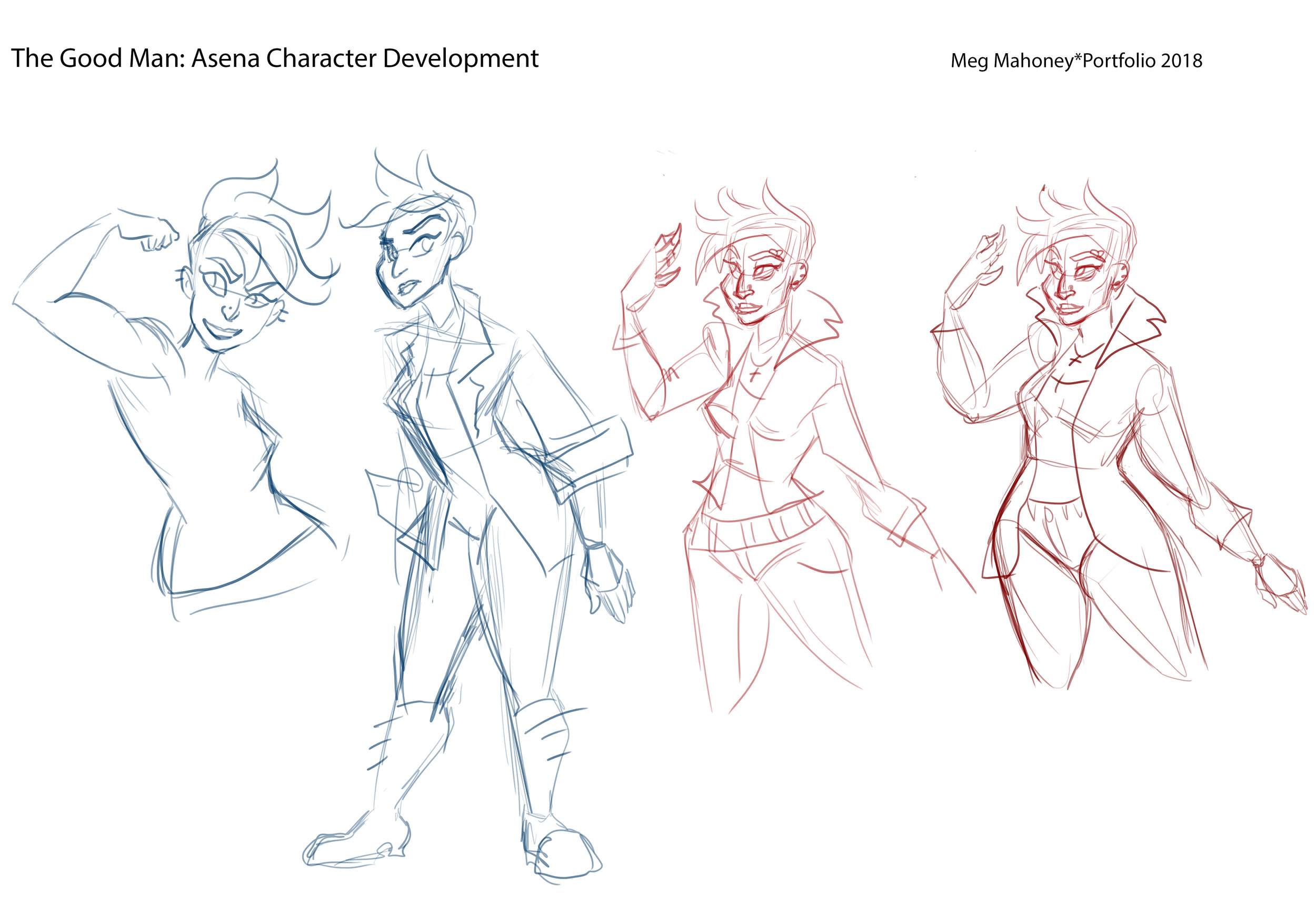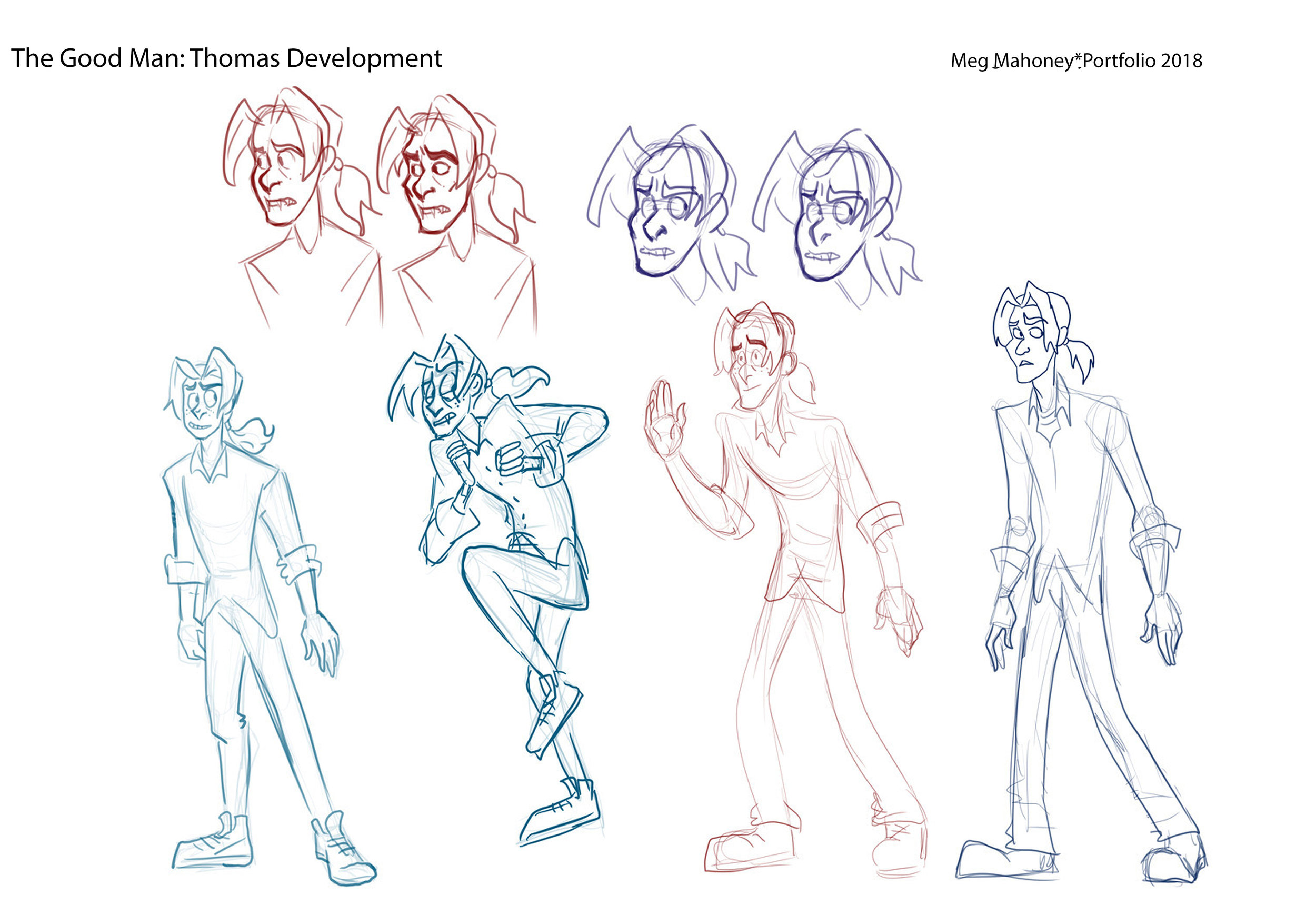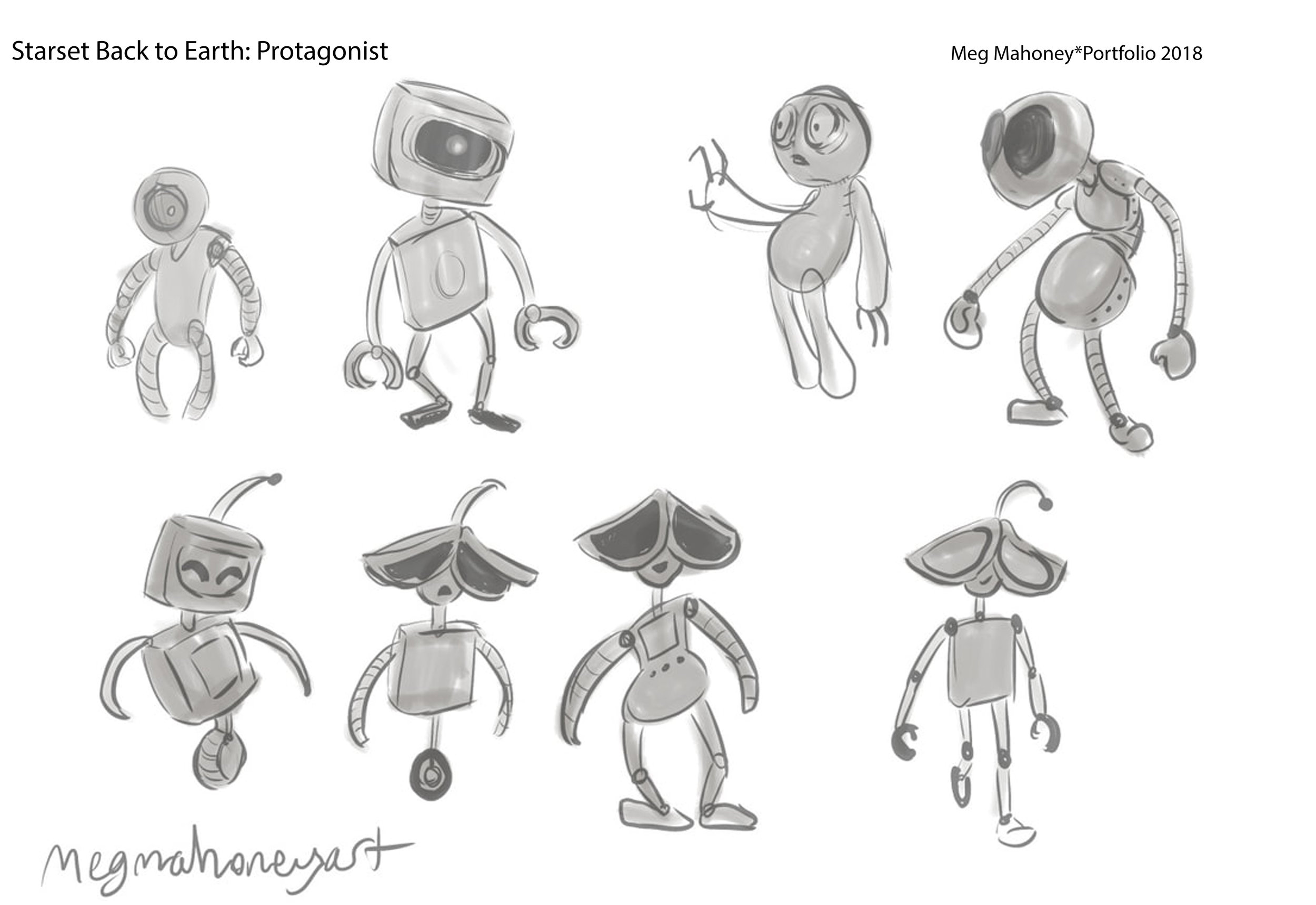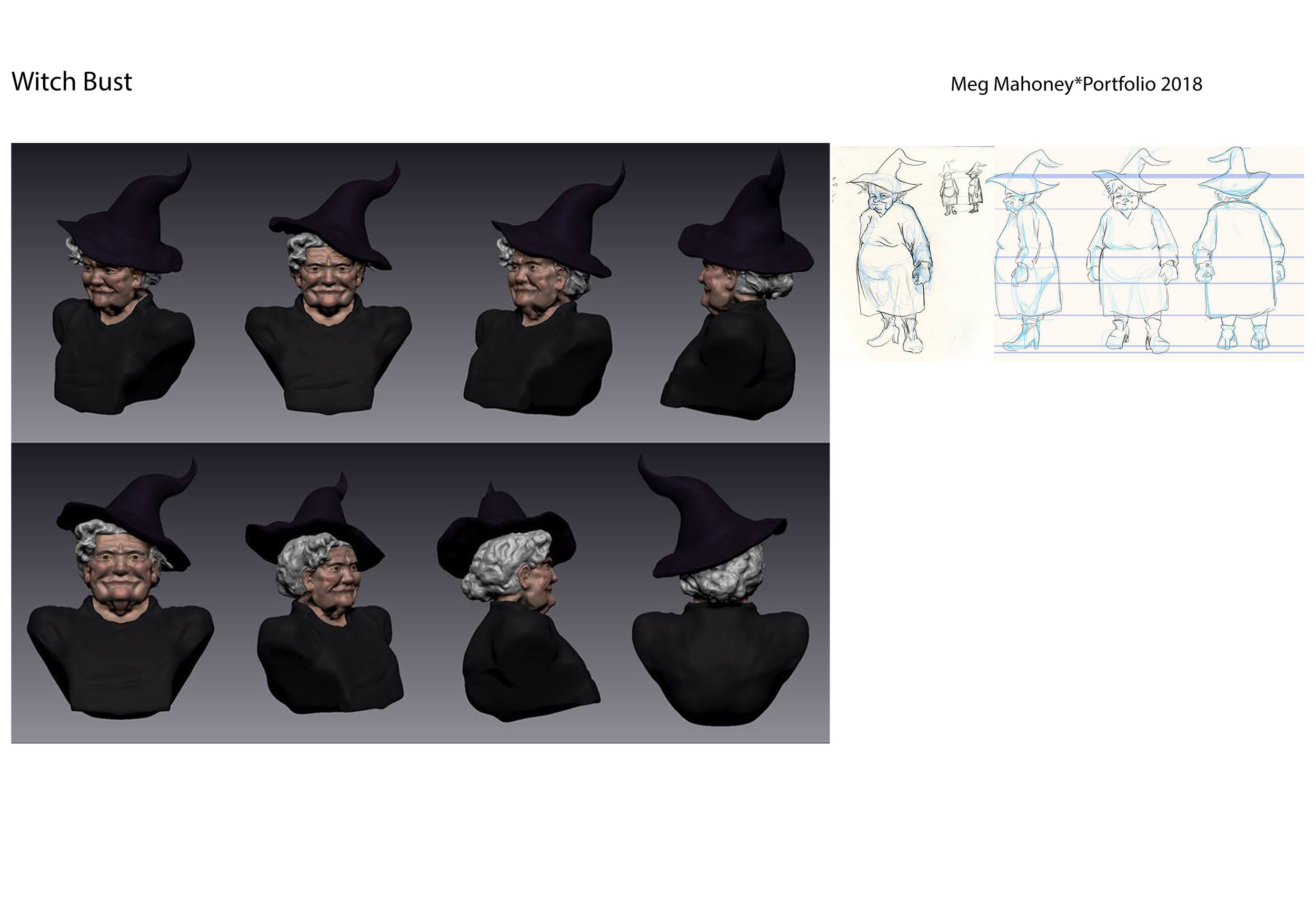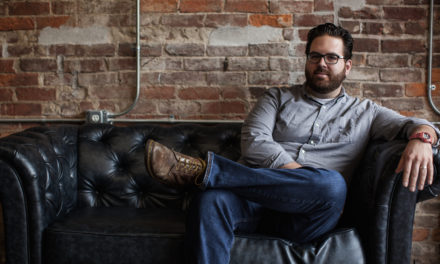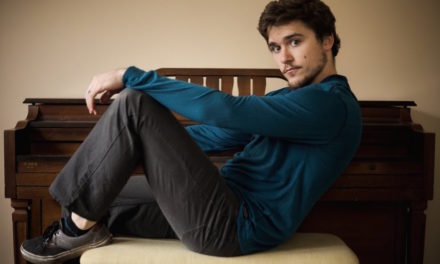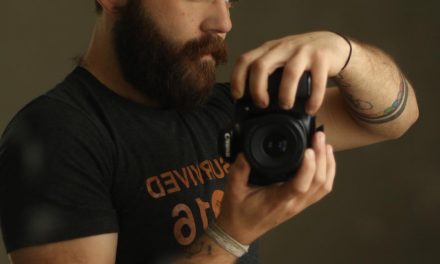Growing up, Meg Mahoney thought she wanted to be a novelist. “The things that I did well were writing, music, and drawing, but what I always cared about was story. I thought all of the arts were at their best when telling a story.” She was eventually exposed to really solidly-crafted and artistically-beautiful animation which led her to research the process. That’s when she realized animation was, essentially, all of the arts working together to tell a story. From that point forward, she knew animation was the field in which she wanted to work.
Today, Meg contracts freelance animation work for a small animation company outside of Paducah. Most of her work focuses on storyboards and rough animation. She’s involved in every stage of production from character design and visual development through the final render. Meg also does illustration work. Along with her team, she creates music videos, commercials, webisodes, corporate explainer videos, and short films.
She is also involved in the creation of pitch bibles which are sample animations that are created at the time a new cartoon is being pitched to a studio like Cartoon Network or Netflix, that illustrates to the studio what their final product will look like. She also does freelance work on her work. Recent client projects include an animated gif, illustration for a children’s book, and illustration and design for a series of novels).
When not contracted for freelance projects, Meg invests here time creating independently or collaborating with fellow artists.
“I recently did character and logo designs as part of a collaboration with a film editor for their independent web series. I am currently working on a short film collaborating with a friend who is a scriptwriter as well. I’ve also worked with an illustrator friend recently to create independent comics. Meg’s long-term goal is to work in animation full-time. “There is always more that I want to learn and ways that I want to personally improve!”
Meg has seen much growth in Paducah’s art community and in the city’s investment in the arts. She has also witnessed a growth in programs and individuals reaching out to community youth in efforts to engage with them creatively and in new ways. This is an area she’s vested in. “It’s important children realize creativity and art can be a viable career option. When I was in high school, one art teacher told me (without knowing that this is what I wanted to do) that my art would work well in animation. I had a lot of follow-up questions, naturally, but he unfortunately had no ideas or answers for how I could pursue that. I love meeting people who are interested in animation and know it at a younger age than I did. I’m thrilled to see them asking questions I didn’t even know to ask at their age, and what thrills me more than that is my ability to make sure they get real answers.”
“Ask questions. Think about the kind of art you like. If there’s a show, or a film, or a game that you really like, it’s pretty easy with the internet to find out who made that thing you love. Discover which artists worked on which aspects. These artists are on social media. Follow them. Learn from them. Most people in the animation industry want you to succeed. It’s a very collaborative field comprised of a small pool of people. Everyone works with everyone eventually. So, ask questions… ask specific questions. While someone who is working full time cannot answer a request to review all of your art, you can a can ask them for specific advice about an aspect of a project you are working on. Listen and follow their advice.”
“Lastly, draw! This one seems obvious but draw every day. Keep a sketchbook with you. Things in a sketchbook are just sketches. These sketches don’t have to be perfect. In fact, a lot of artists say that for every 1 good drawing they have to do 100 bad drawings first. Draw from life.”
Meg encourages anyone interested in animation to pursue their goals but especially encourages young girls to pursue those dreams. The makeup of the animation field is changing. Previous generations of animators were mostly white men. As little as six years ago, animation programs were still mostly male. In the past two or three years, those numbers have flipped. Over 60% of current animation students are women, and an increasing number of animation students are persons of color.
“Animation is an exciting field to get into right now, and I’m excited to see how the young members shape the medium as they grow!”

